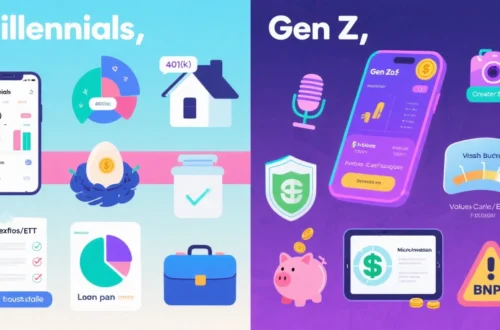In our increasingly busy world, the convenience economy has exploded with services promising to save us time in exchange for money. From grocery delivery and meal kits to house cleaning and laundry services, we’re constantly faced with decisions about whether to pay for convenience or handle tasks ourselves. The key to making these decisions wisely lies in understanding the true economics involved—not just the immediate cost, but the opportunity cost of your time and the broader impact on your financial goals.
The economics of convenience represents one of the most misunderstood aspects of personal finance. Many people view paying for time-saving services as frivolous spending, but this perspective ignores a fundamental economic principle: time has value, and sometimes purchasing convenience represents an excellent investment rather than wasteful expenditure. The key lies in understanding when the cost of a service is justified by the value of the time it saves and what you do with that freed-up time.
To make informed convenience decisions, you must first establish your personal hourly value. This calculation goes beyond simply dividing your salary by working hours. Consider your total compensation including benefits, retirement contributions, and health insurance, then factor in all work-related time including commutes and unpaid overtime. For example, someone earning $75,000 annually with $15,000 in benefits who spends 2,200 hours on work-related activities has a baseline hourly value of approximately $41. However, this represents just the starting point for analysis.
The true economics of convenience depend heavily on opportunity cost—what you do with the time saved. If a $15 grocery delivery fee saves you two hours that you use for freelance work earning $50 per hour, the service generates a net gain of $85. Conversely, if those two hours are spent watching television, the economic case becomes much weaker. The highest-value uses of saved time include additional income generation, career development, strategic financial planning, health activities that reduce future costs, and relationship building with long-term benefits.
Different convenience services offer varying economic propositions. Grocery delivery typically costs $5-15 plus tips but saves 1-3 hours of shopping and transportation time, making it economical for anyone valuing their time above $5-15 per hour. The calculation becomes more compelling when considering reduced impulse purchases and eliminated transportation costs. Meal kit services costing $8-15 per serving make financial sense when replacing restaurant meals but may not be economical compared to cooking from basic ingredients. House cleaning services averaging $100-200 per session save 3-6 hours of work, breaking even for those with effective hourly values exceeding $20-50.
The analysis becomes more sophisticated when considering quality differentials and hidden costs. Professional service providers often complete tasks more efficiently and effectively than amateurs. A lawn care service might cost $50 but eliminate the need for purchasing and maintaining equipment worth $1,000 or more. Similarly, professional house cleaning often achieves better and longer-lasting results than amateur efforts, potentially justifying higher costs through improved outcomes.
Life stage and income level significantly influence the economics of convenience. Young professionals might benefit most from services that enable career development and networking, justifying food delivery and laundry services that free time for skill building. Families with young children face extreme time pressures, making grocery delivery, meal prep, and house cleaning economically viable even at premium prices. Higher-income households can justify a broader range of convenience services, while lower-income families should focus on services that enable additional income generation or prevent costly mistakes.
Common mistakes in convenience economics include all-or-nothing thinking, ignoring hidden costs like tips and delivery fees, allowing “convenience creep” without periodic evaluation, and failing to use saved time productively. The most successful approach involves strategic selective outsourcing based on your highest-value activities and biggest stress points, rather than wholesale adoption or rejection of convenience services.
Building an effective convenience strategy requires tracking current time usage, identifying tasks that cause disproportionate stress or consume excessive time, and testing services systematically. Start with one high-impact service, measure actual time savings and productivity gains, then gradually expand based on demonstrated value. The goal isn’t to outsource everything but to make strategic decisions about where time and money investments provide the highest returns in terms of stress reduction, productivity improvement, and life quality enhancement. When evaluated properly, paying for convenience often represents one of the smartest financial decisions you can make.



